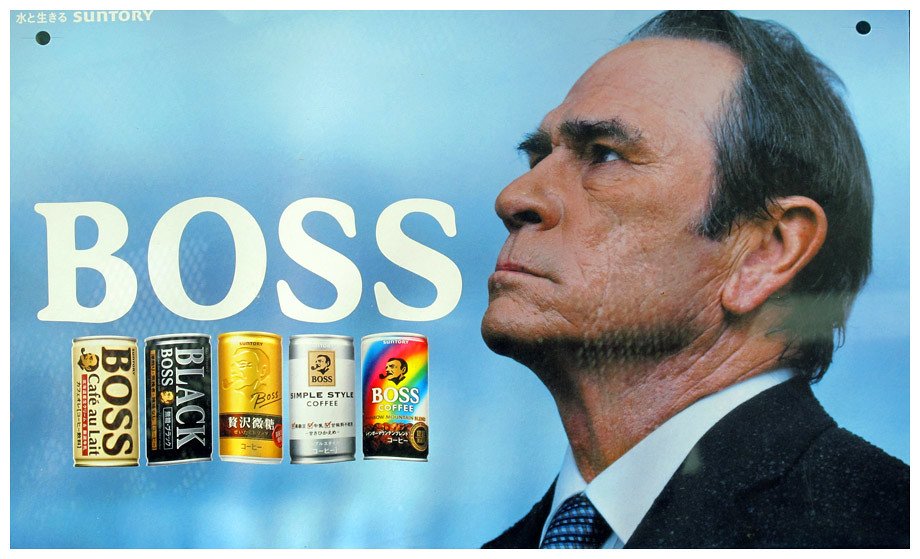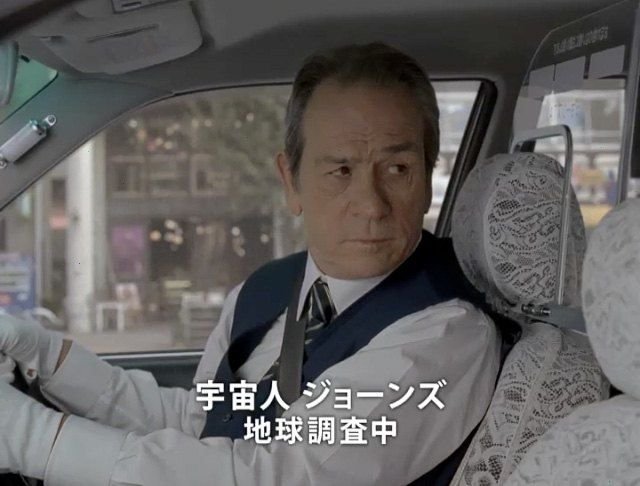COFFEE IN A CAN
Ready-to-drink canned coffee first became available in Japan in 1969 thanks to UCC Ueshima Coffee Co., a manufacturer and retailer based in Kobe. Ueshima Tadao, founder of UCC, ascribed inspiration for canned coffee to an incident in 1968, where, whilst drinking a bottled coffee-flavoured milk at a train station, he was forced to discard the beverage before boarding a departing train. At the time, bottled beverages were required to be returned to stores once finished, leaving Ueshima remorseful at wasting his drink. Ueshima wondered if it were possible to make a coffee that people could drink anytime, anywhere.
Following release by UCC, it wasn't until Osaka’s Expo ’70 that canned coffee caught on. Featured alongside innovations like electric vehicles and the first IMAX film, orders for canned coffee exploded. In this era of rapidly growing metropolitan areas and a fast-paced workforce, Japan's shift to canned coffee was a natural progression. Convenience became essential, with leisurely cups of coffee at cafes no longer a realistic daily ritual.
Beverage brands, recognizing the skyrocketing popularity of canned coffee, clamoured to establish their own products and relentlessly promote them. Advertising campaigns featuring Western actors became a staple. Suntory’s BOSS Coffee, launched in 1992, typifies the use of foreign celebrity advertising, with American actor Tommy Lee Jones appearing as ‘Alien Jones’, an observer of terrestrial life in a series of BOSS Coffee adverts first airing in 2006. The brainchild of neurotic campaign planner Fukusato Shinichi, each episode features Jones working in a different job before thirstily gulping a BOSS coffee can and reflecting on what he has learned about “The inhabitants of this planet…”
Fundamentally, because of coffee’s origins outside of Japan, Japanese coffee culture is heavily tied to notions of western culture. Thus, Ueshima Tadao’s innovative coffee-in-a-can design, and the use of Tommy Lee Jones in significant, enduring BOSS advertising campaigns, are indicative of a complex and interesting interplay between Japanese and Western culture.



